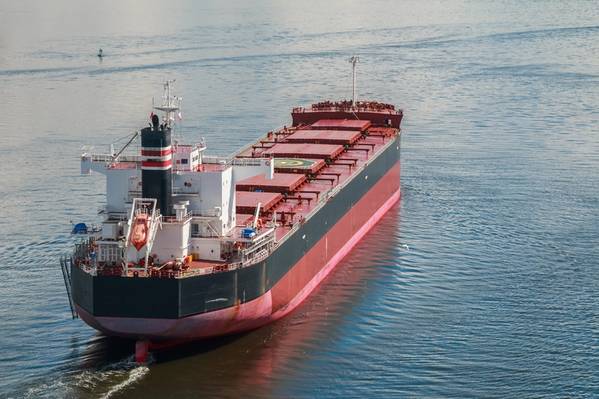The Baltic Exchange's main sea freight index, tracking rates for ships carrying dry bulk commodities, closed at its highest level in more than four months, helped by stronger rates across all vessel segments.
The overall index, which factors in rates for capesize, panamax, supramax and handysize shipping vessels, ended up 44 points, or 3.7 percent, at 1,240 points, a level last seen on Nov. 21.
The capesize index gained 137 points, or 5.8 percent, to close at 2,482 points, its highest level since Nov. 23.
Average daily earnings for capesizes, which typically transport 150,000-tonne cargoes such as iron ore and coal, rose $1,112 to $18,078.
The panamax index was up 48 points, or 4.1 percent, at 1,218 points.
Average daily earnings for panamaxes, which usually carry coal or grain cargoes of about 60,000 to 70,000 tonnes, increased $382 to $9,786.
Among smaller vessels, the supramax index climbed 4 points to 896 points, while the handysize index rose 5 points to 526 points.
(Reporting by Nithin Prasad in Bengaluru; Editing by Sai Sachin Ravikumar)




